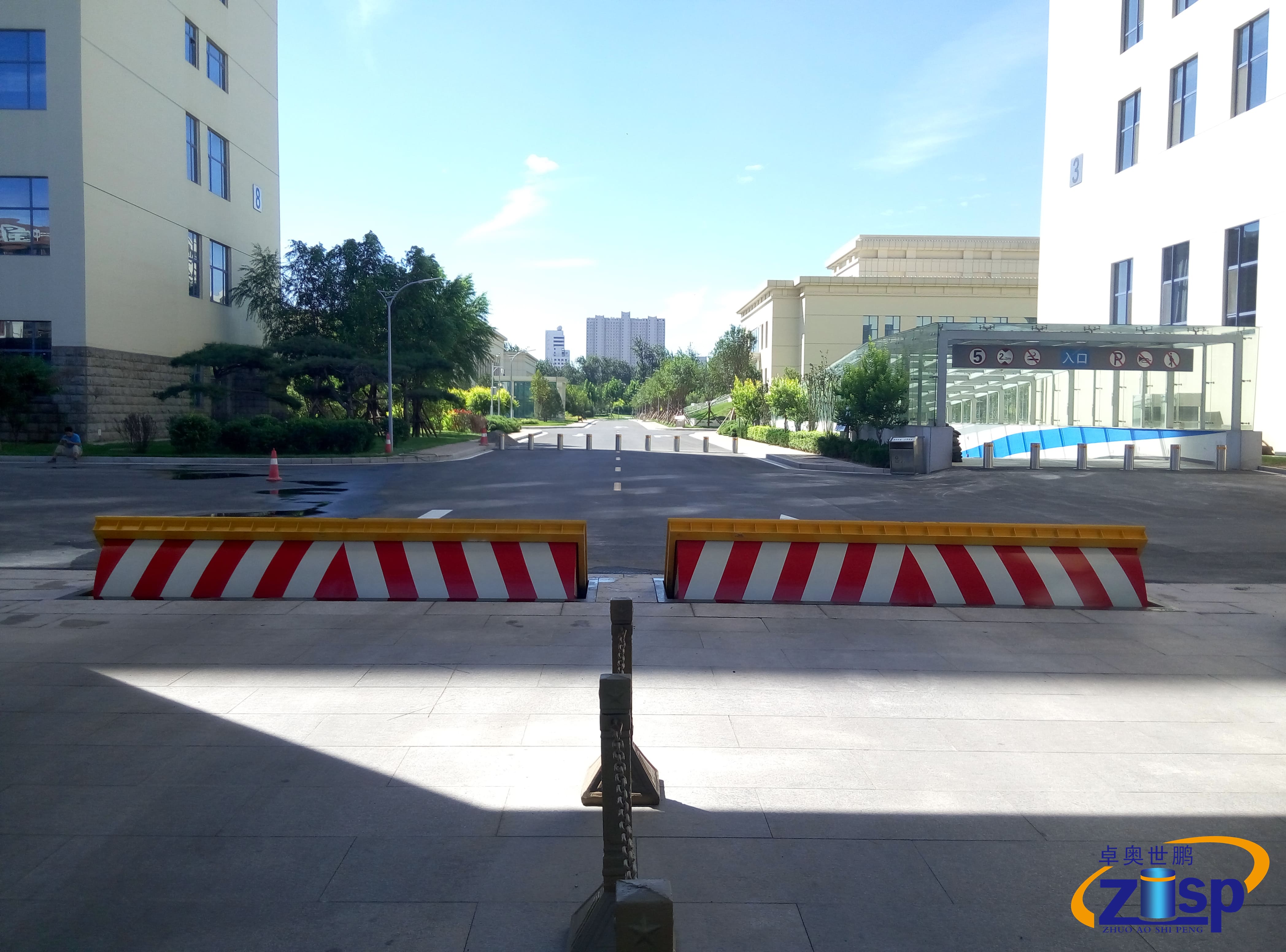
As security threats evolve, so too must the technologies we use to protect sensitive areas. Wedge vehicle barriers have emerged as a leading solution in the realm of anti-vehicle barriers, providing robust protection against unauthorized access. This article will delve into the latest innovations in wedge barrier technology, exploring their various types and applications, and helping you understand their vital importance in security infrastructure.

What Are Wedge Barricades?
A wedge barricade system is an active vehicle barrier that pivots from the surface, forming a wedge shape to effectively block traffic. These barriers can be raised and lowered quickly, typically using hydraulic or electric systems, making them a preferred choice for many high-security applications.
Purpose of Safety Wedge Barricades
The primary purpose of safety wedge barricades is to prevent unauthorized vehicle access, especially in high-risk areas such as government buildings, military installations, and event venues. Their ability to neutralize threats quickly makes them indispensable in security planning.
Why Choose Wedge Barriers for Vehicle Security?
Wedge barriers are increasingly recognized as the top choice for vehicle security for several reasons:
| Quick Activation | Strong Construction | Smart Technology Integration | Space-Saving Design | Maintenance Alerts |
| Wedge barriers can be raised in just a few seconds, offering an immediate response to potential threats. This rapid deployment capability is essential for maintaining security while ensuring normal operations can continue. | Made from reinforced steel or other durable materials, these barriers are designed to withstand significant force. Their robust build makes them difficult to breach, providing a reliable security solution. | Many modern wedge barriers come equipped with sensors and electronic controls, allowing them to integrate seamlessly with broader security systems. This enhances overall safety and operational efficiency. | With their compact design, wedge barriers take up less space compared to traditional barriers, making them ideal for locations with limited room. | Advanced wedge barriers often feature built-in diagnostics to alert users when maintenance is required, ensuring optimal performance and longevity. |
How Do Wedge Vehicle Barriers Work?
Wedge vehicle barriers utilize two main types of technology for operation: electric and hydraulic.
Electric Wedge Barriers
These barriers are powered by electricity, offering simpler installation and lower maintenance costs. They do not require complex hydraulic systems, making them ideal for a variety of settings.
Hydraulic Wedge Barriers
Hydraulic barriers have long been a staple in perimeter security. They offer low upfront costs and can last for many years with proper maintenance. However, they do require buried hydraulic lines and pressure to operate.
Types of Wedge Barriers
Understanding the different types of wedge barriers available can help in selecting the right solution for your needs:
1. Shallow Foundation Wedge Barriers
These barriers require minimal excavation, making them suitable for areas with existing underground utilities. Their strong stopping power is ideal for urban environments.
2. Surface Mounted Barricades
Surface-mounted wedge barriers are installed directly on the ground, eliminating the need for extensive digging. This design allows for quicker installation, making them perfect for urgent security upgrades.
3. Portable Wedge Barriers
Portable wedge barriers offer flexibility and can be easily relocated to adapt to changing security needs. They are excellent for temporary setups at events or construction sites.
Are Wedge Barriers Crash-Rated?
Many wedge barriers are certified to meet crash rating standards set by organizations such as the Department of State and Department of Defense. Crash-rated barriers undergo rigorous testing to verify their capability to stop vehicles of specific weights and speeds, making them essential for high-security applications.
Advantages of Wedge Barrier Systems
The benefits of using a wedge barrier system include:
- High Impact Resistance: Designed to withstand intense collisions, ensuring robust protection.
- Rapid Deployment: Can be activated swiftly, often within seconds.
- Minimal Installation Requirements: Require less digging, simplifying setup.
- Integrated Lighting: Can include lights to alert drivers when active.
- Durability: Built to endure various weather conditions without compromise.
- Backup Operation: Can be operated manually during emergencies or power outages.
Key Considerations When Selecting Wedge Barriers
When considering wedge vehicle barriers for your facility, keep the following factors in mind:
1. Location and Utilities
Consider whether you have the necessary underground infrastructure for hydraulic systems or if electric options are more appropriate for your site.
2. Performance and Reliability
Hydraulic barriers are known for their swift deployment, while electric barriers allow for smoother operations with adjustable speeds.
3. Climate Considerations
Cold weather can impact hydraulic systems, but electric barriers are generally unaffected by temperature changes.
4. Maintenance Needs
Electric wedge barriers typically require less maintenance, but hydraulic barriers can be reliable with regular upkeep.
Final Thoughts
Wedge barrier systems represent the forefront of security technology, providing unmatched protection against unauthorized vehicle access. With their quick activation, robust construction, and advanced technology, they are invaluable assets for safeguarding sensitive locations.
If you’re ready to enhance your security infrastructure with innovative anti-vehicle barriers, consider the reliable wedge barriers from ZASP. Our team is dedicated to helping you implement the best safety solutions for your needs.
For more information on wedge barricade technology and to discuss your security needs, contact us today. Together, we can create a secure environment tailored to your unique challenges.

